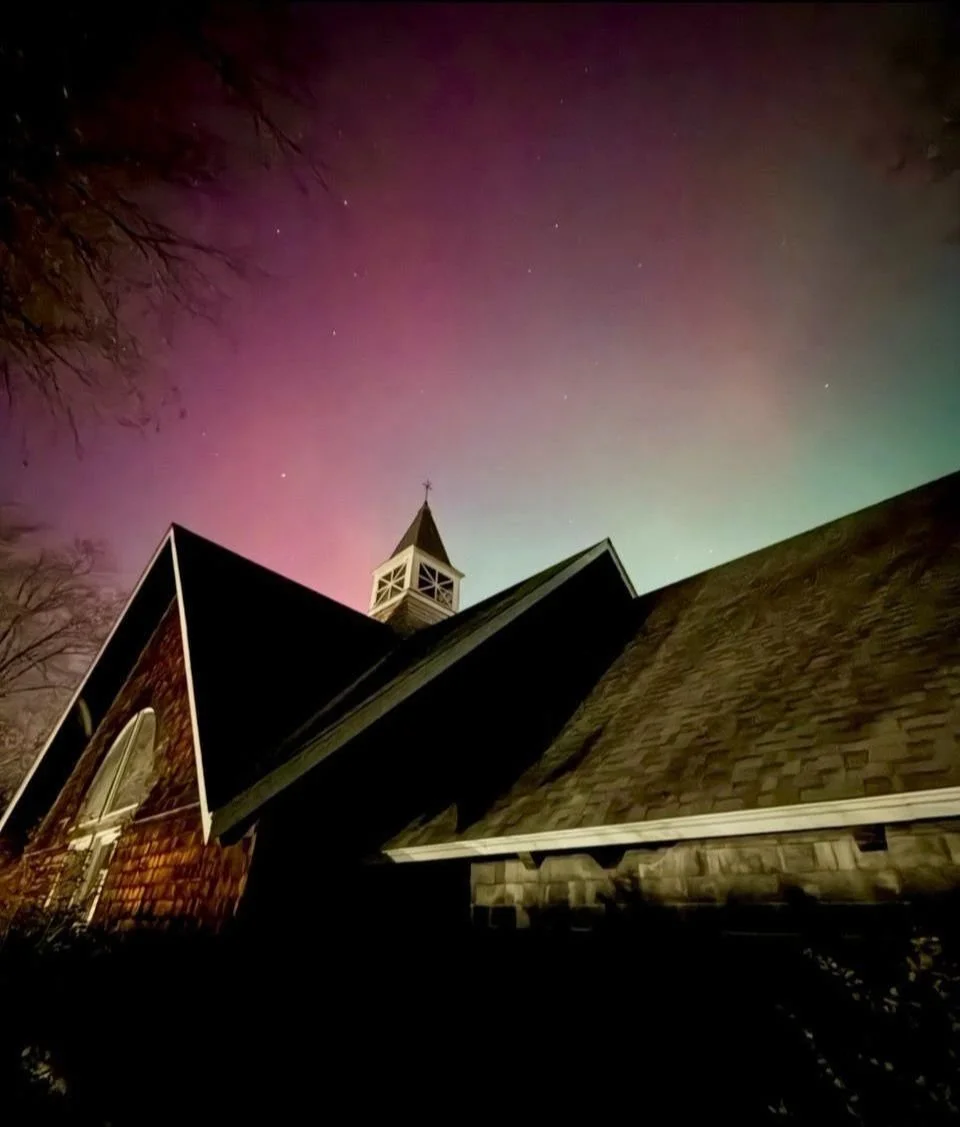
Dear ones,
After a bustling Advent and Christmas season at Saint Anne's, I have spent the last week hunkered down with family: playing Uno with my nieces and nephews, reading, going on snowy hikes, organizing, and watching movies (the new Knives Out moviehas some pretty decent theology in it!). I've popped in and out of social media only a few times and have pretty much ignored the news. I'm (almost) ready to get back to the good work to be done out in the world, but it has been nice to live in a Christmas haze for a few days.
It can be easy to move through our days and weeks - busy ones and quiet ones, joyful moments and tiring ones - without really noticing how much the pace of life shapes us. But some might say (ha) that to everything there is a season. My prayer for you, this week and always, is that you’re able to find a good balance: time to do meaningful work, time to play and enjoy the people around you, and time to truly rest. May each season in 2026 meet you right where you are and give you exactly what your spirit needs.
Blessings,
Jennifer
